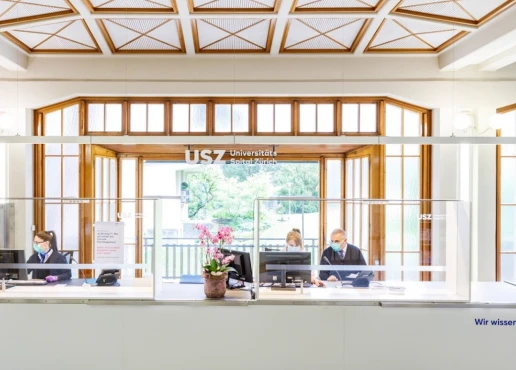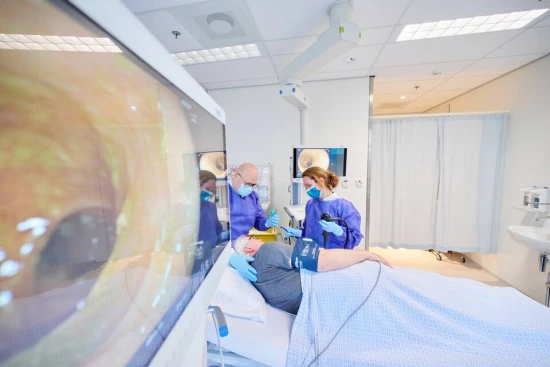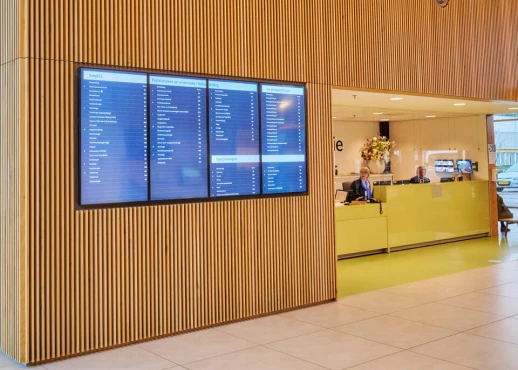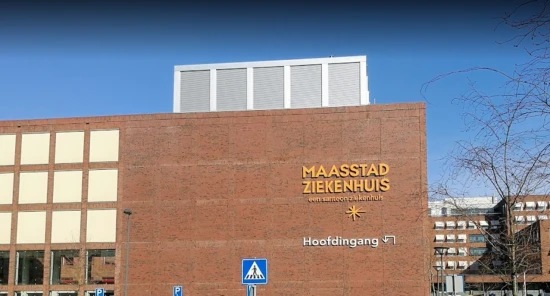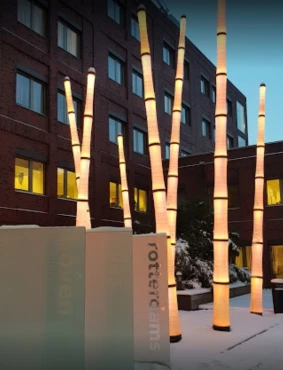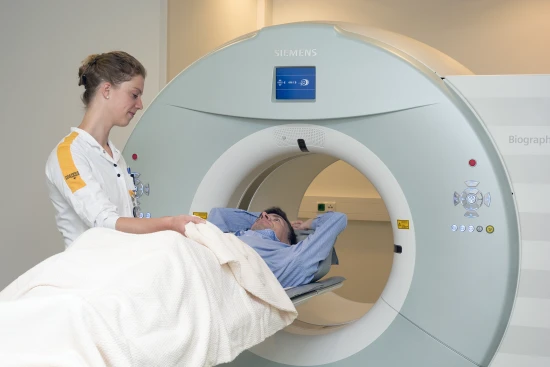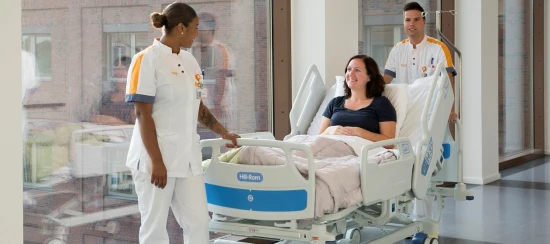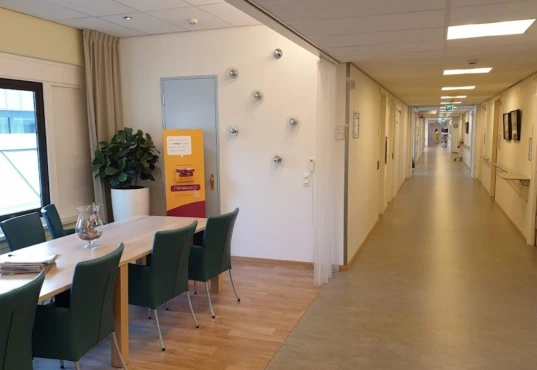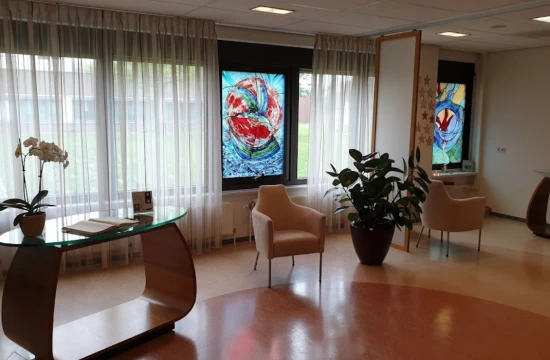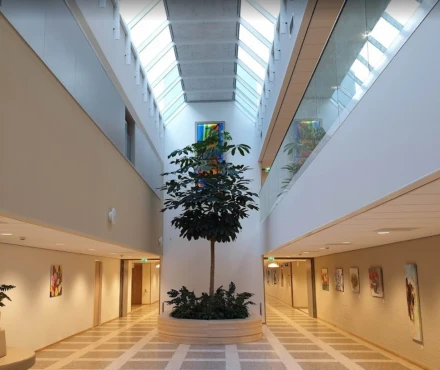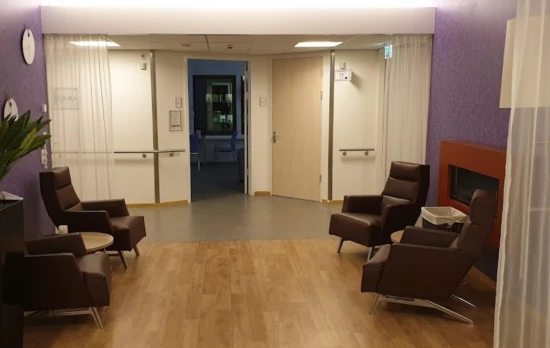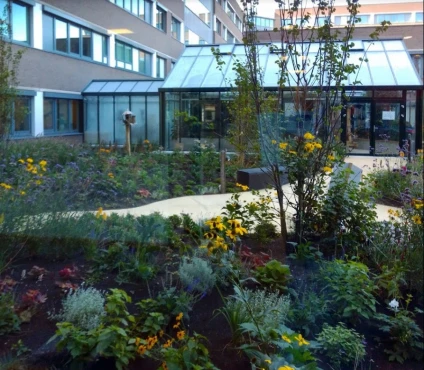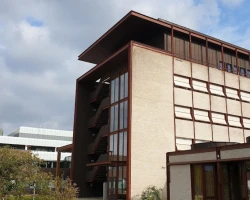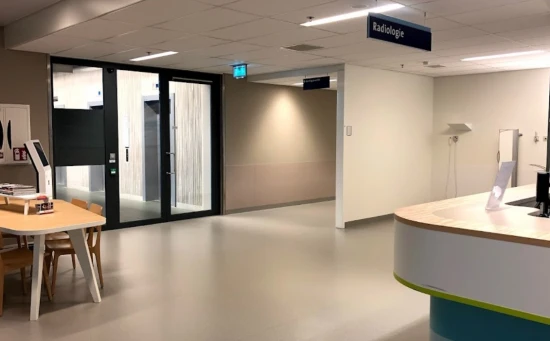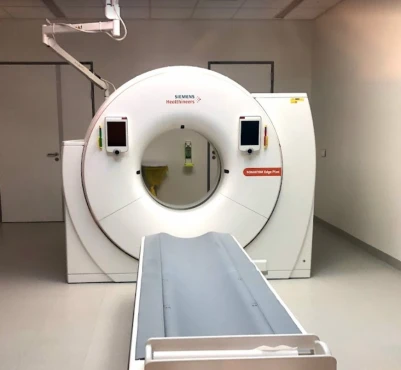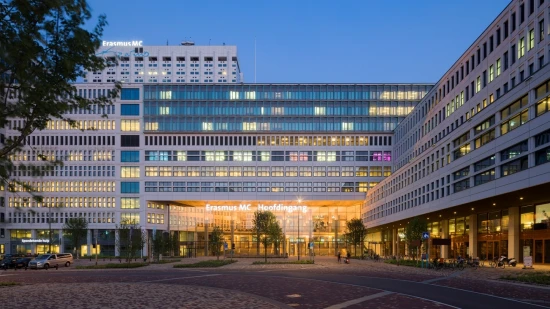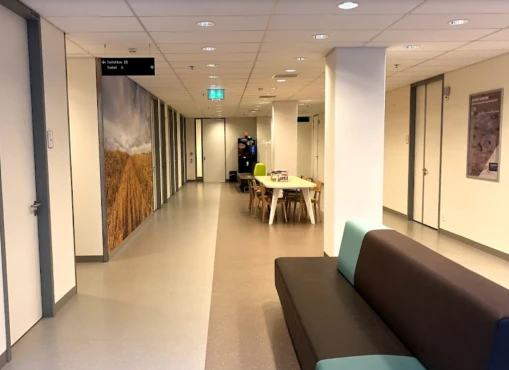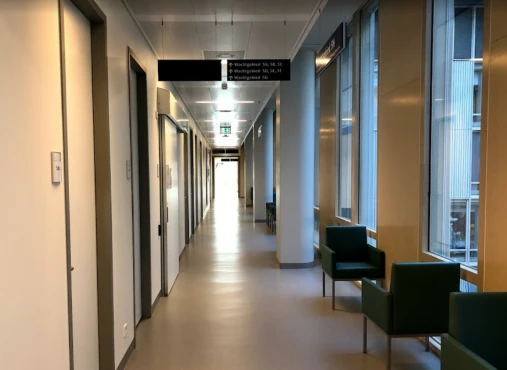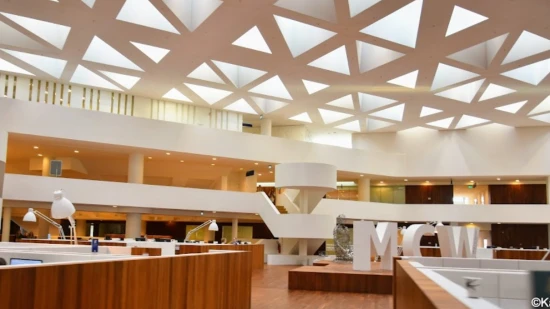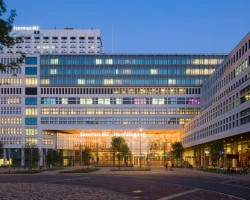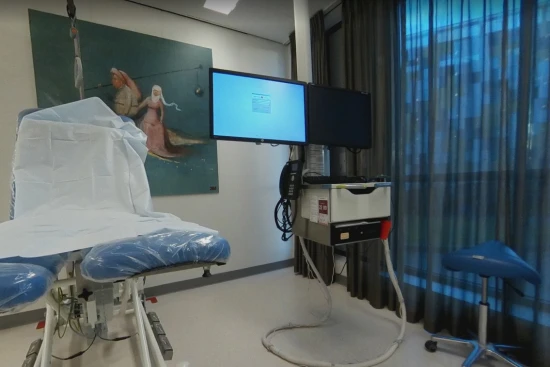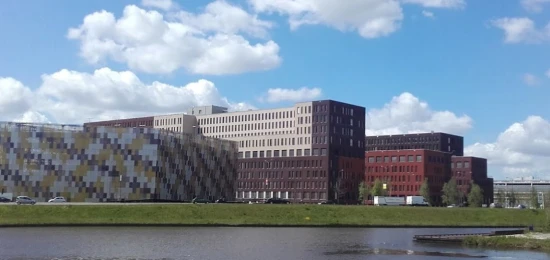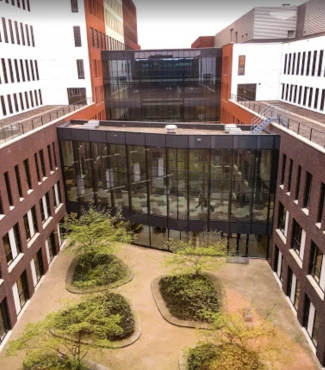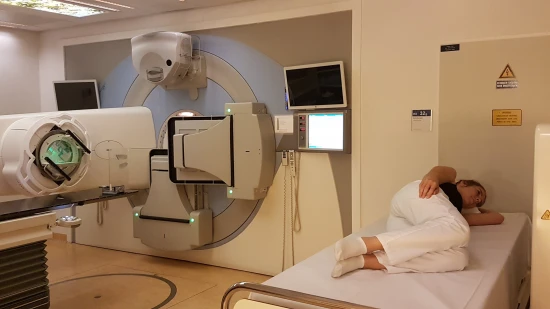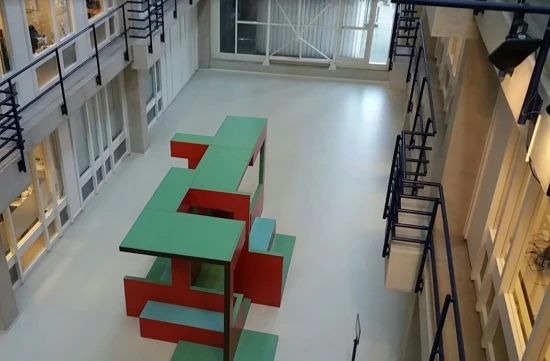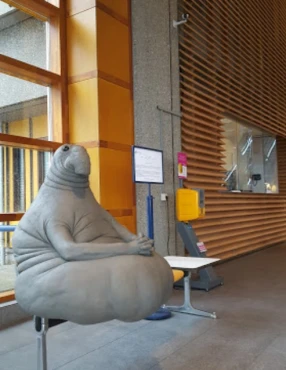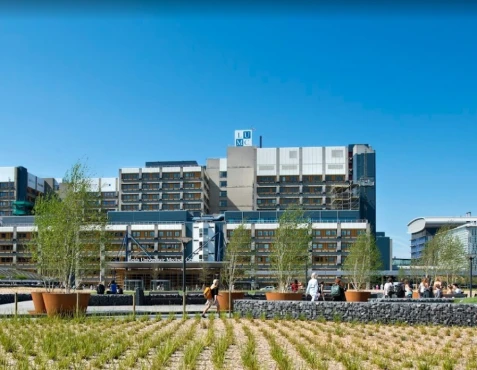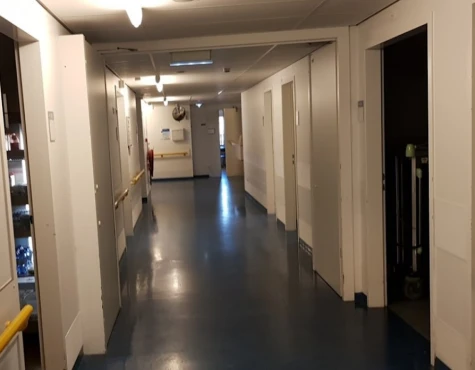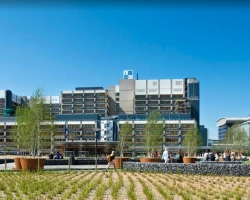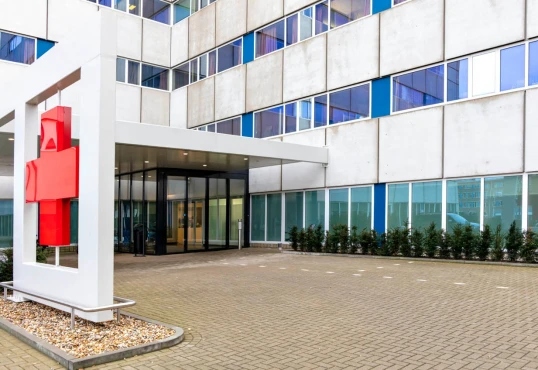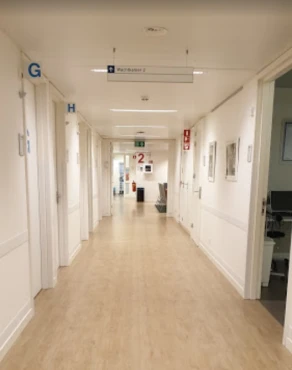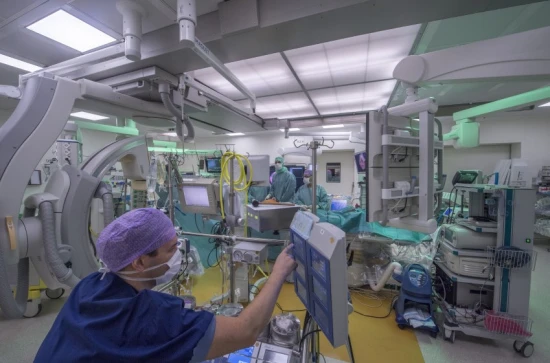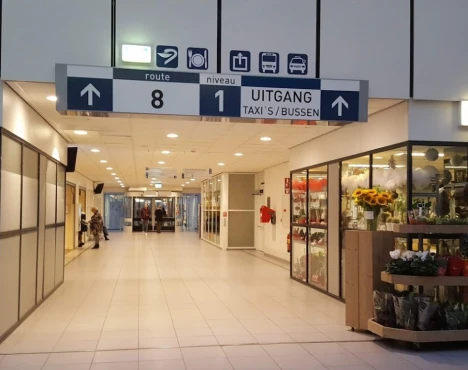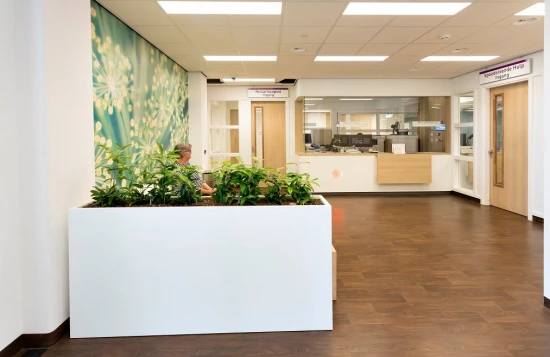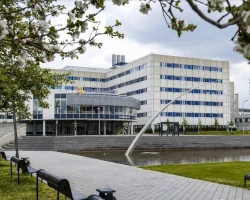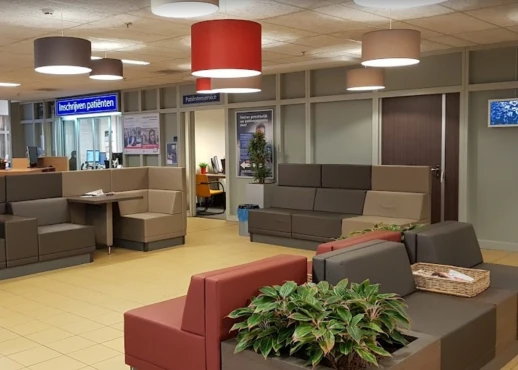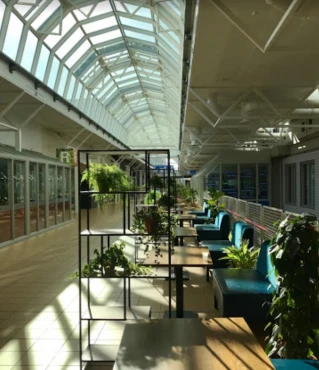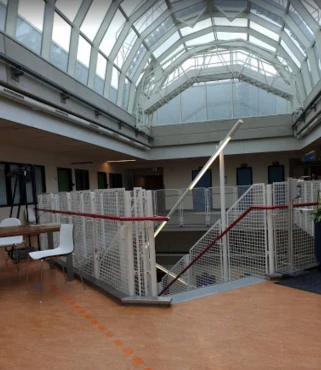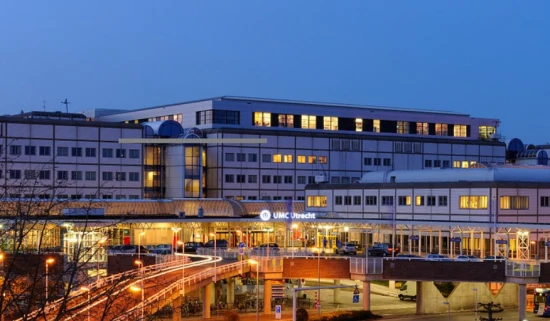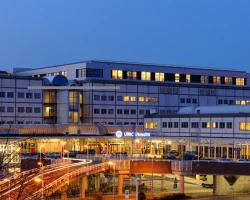Etiology, pathogenesis, electrophysiology of ventricular tachycardia and sudden cardiac death
Ventricular tachycardia (VT) and sudden cardiac death (SCD) can be a complication of a number of diseases. They can occur in people without previously identified diseases of the heart and blood vessels. Below we will analyze in detail the origin (etiology), mechanisms for the development of heart rhythm disturbance and its work.
The cardiac muscle contains the so-called conduction system, thanks to which an electrical impulse normally propagates through the organ and the heart contracts at a frequency of 60–90 times per minute. In this case, the atria contract first, and then the ventricles. This rhythm is called sinus.
What are the mechanisms for the occurrence of arrhythmias?
- Abnormal automatism. The sinus node contains pacemaker cells that are capable of generating impulses spontaneously. This is called normal automatism. Other cells of the conduction system of the heart also have the ability to spontaneously activate. However, this only happens at very low heart rates. Therefore, normally they do not generate impulses. However, in pathological conditions, such as after a myocardial infarction, heart cells outside the sinus node can provoke a rhythm disorder. This is called anomalous automatism.
- Trigger activity. In this pathology, heart cells contract twice, although they were activated only once. A typical example of such a violation is the so-called pirouette tachycardia (Torsade de Pointes).
The two pathologies described above are examples of an impulse formation anomaly. In the context of the analysis of cardiac arrhythmias, it is also very important to mention problems with signal transmission and the re-entry mechanism. The latter is a common cause of arrhythmias. With it, the conducting path is partially slowed down, as a result of which the signal passes along both the fast and slow paths.
What is ventricular tachycardia and why does it occur?
Ventricular tachycardia (VT) is three or more consecutive beats at a rate greater than 100 beats per minute. The occurrence of VT is primarily associated with changes in the heart muscle as a result of myocardial infarction. Other causes may be, for example, inflammatory diseases of the heart or cardiomyopathy (a large group of diseases that combine mechanical or electrical dysfunction of the structure of the heart).
VT can be divided into two types: monomorphic and polymorphic. The first has the same rhythm, the corresponding signs of which can be seen on the ECG. With it, the QRS complexes (ECG section) will be the same with equal intervals. Thus, by examining the ECG tape, the clinician can conclude that the sequence of ventricular firing is the same from beat to beat, and that each beat probably comes from the same source. The location of the latter often indicates whether the arrhythmia is idiopathic (primary) or associated with a structural disease.
Very fast monomorphic VT is also called ventricular flutter. With it, it is impossible to distinguish a QRS complex from a T wave. Relatively slow sinus VTs have a wide QRS complex, indicating slowing of ventricular conduction. Causes of ventricular flutter may include elevated levels of potassium in the blood (hyperkalemia), toxic effects of drugs that block sodium channels, and severe myocardial ischemia.
Polymorphic VT has a constantly changing morphology of the QRS complex, which indicates a change in the sequence of activation of the ventricles. This condition can occur against the background of congenital or acquired pathology of the conduction system of the heart (often - long QT interval syndrome).
In ventricular fibrillation (VF), there is a constant irregular activation of ventricular cells. This condition is life-threatening and requires immediate patient care. Often, VF occurs in patients with monomorphic or polymorphic VT.
Sudden cardiac death
Sudden cardiac death (SCD) is a major global public health problem. The World Health Organization (WHO) defines SCD as sudden, unexpected death within an hour of the onset of symptoms or within 24 hours of the patient being last seen alive and stable. In this case, a person may or may not have a previously diagnosed heart disease.
When is the term "sudden cardiac death" used?
Usually in medicine, you can use the concept of SCD in the following situations:
- in case of sudden death of a patient with congenital or acquired, potentially fatal heart disease during life;
- in the case when, at autopsy, the probable cause of death was a heart or vascular disease;
- if no obvious non-cardiac causes of death were found during the post-mortem examination.
Who is most likely to experience SCD?
The prevalence of SCD in the general population is estimated at one case per 1000 people per year. After an initial peak in the incidence of sudden cardiac death between the ages of birth and 6 months (sudden infant death syndrome), its frequency decreases sharply and remains low in children. Among adolescents and young adults, the incidence of SCD is approximately one per 100,000 population per year.
The incidence begins to increase in people over 30 years of age, reaching a second peak in the range of 45–75 years, when it approaches one or two cases per 1000 per year in the adult population. Thus, increasing age within this range is associated with an increased risk of sudden cardiac death.
In children aged one to 13 years, only one in five cases of sudden natural death is due to cardiac causes. In young people aged 14 to 21, this proportion increases to 30%, and in middle-aged and elderly people - up to 8%.
Men and women of young and middle age have different susceptibility to SCD, but the sex differences decrease and eventually disappear with age. SCD is more common in males. Also, the incidence of SCD among the African American population is higher than among the white population. The reasons for this remain uncertain.
Having a history of SCD as a first heart attack increases the likelihood that an acute coronary event in the offspring will manifest similarly. The frequency of this condition is significantly increased in patients with heart failure, as well as in patients after cardiac arrest or myocardial infarction.
Where does SCD most often occur?
According to statistics, 80% of all SCD occur at home and only 15% on the street or in a public place. Only 2-15% of patients with out-of-hospital cardiac arrest are hospitalized, and no more than half of them survive and are discharged from the hospital.
What are the causes of SCD?
The most common (80% of cases) cause of SCD is heart failure. In 30–50% of these patients, SCD appears as the first symptom of cardiac pathology. Less common causes are:
- cardiomyopathy;
- genetically determined arrhythmogenic heart defects, such as long QT syndrome or Brugada syndrome;
- myocardial infarction;
- aortic stenosis and other heart defects;
- trauma of the chest;
- changes in the heart muscle in professional athletes such as football players.
In some patients, the cause of SCD cannot be found.
How does the SCD develop?
Most patients have cardiac arrhythmias such as ventricular tachycardia or ventricular fibrillation before this condition, and bradycardia (slow heartbeat) is less common. Other mechanisms that can trigger SCD are:
- cardiac tamponade;
- rupture of an aneurysm of the aorta or heart;
- thromboembolism of the pulmonary artery.
Thus, ventricular tachycardia and sudden cardiac death have a diverse origin, complex mechanisms of development and electrophysiology. However, the leading place in the occurrence of these conditions in a patient is occupied by pathologies of the heart muscle, such as heart failure and coronary heart disease.
References:
- Paratz, E. D., Rowsell, L., Zentner, D., Parsons, S., Morgan, N., Thompson, T., James, P., Pflaumer, A., Semsarian, C., Smith, K., Stub, D., La Gerche, A., & Australian UCDP Registry (2020). Cardiac arrest and sudden cardiac death registries: a systematic review of global coverage. Open heart, 7(1), e001195.
- Harrison`s Principles of Internal Medicine 19/E (Vol.1). Dennis Kasper, Anthony Fauci, Stephen Hauseret all. McGraw-HillEducation 2015 ISBN: 0071802134 ISBN-13(EAN): 9780071802130.
- Interna szczeklika - duży podręcznik. Medycyna praktyczna. 2021. ISBN 9788374306522.
- Materials of ECGPedia.
